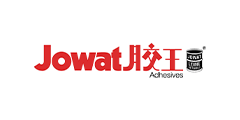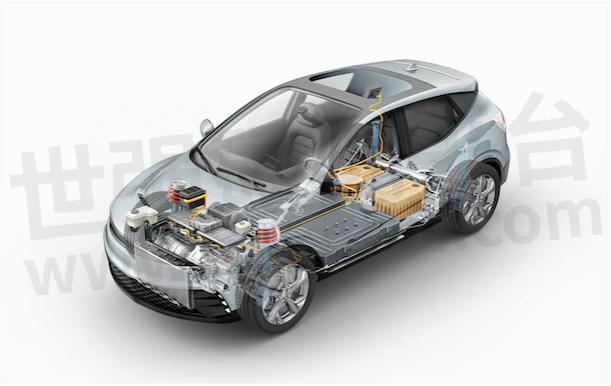Exciting Developments of E-mobility Bring New Possibilities for Adhesive Applications

The construction of electric vehicles and high-voltage batteries opens up possibilities—particularly for adhesive applications—which were previously unimagined. Jowat product manager David Puls provides insight into current and potential new fields of application.

What comes after the combustion engine? There are now several equally correct answers to this, and one of them is e-mobility. More than 17 million cars with an electric drive are on streets all around the world, and the numbers are increasing every day. This opens up new opportunities for every company involved in the development and production of vehicles. And Jowat is one of them, as the assembly of electric vehicles and the lithium-ion batteries installed in them rely on innovative adhesive solutions. From the starter battery to the vehicle interior all the way to filtration systems, the automotive industry already has many applications for adhesive today.
More than an adhesive
A young industry such as e-mobility offers a wide spectrum of further potential applications. Jowat product manager David Puls knows this, stating, “We evaluate every application based on its potential—even if we are not already active in the given area.” In addition to adhesive for the battery box and its protective layers, several more applications come into consideration, such as the adhesive for pouch cells in the battery modules or the assembly of lightweight components. From non-structural assembly adhesives in battery boxes to the manufacture of battery compartment covers, Jowat supplies high-quality PUR hot melt adhesives developed for industrial requirements.
The heart of an electric vehicle is often a high-voltage battery, which—in contrast to the smaller starter batteries in conventional vehicles—powers the vehicle drive rather than the dashboard electronics. The manufacturing and bonding requirements for the compartment cover of these batteries is demanding, David Puls emphasizes. “The outer layer of this cover is generally made of aluminum. Under this is a fiber-reinforced plastic, such as in the form of a pressed composite made of fiber and plastic. The inner layer is a fire-resistant material.” The challenge lies in the choice of adhesive, which securely joins the individual layers without compromising the fire protection.
Came to stay
These criteria are met by Jowatherm-Reaktant® 610.61, a polyurethane-based hot melt adhesive that has already proven itself in different composite adhesives in automotive production. This product was chosen after an intensive consulting and testing phase conducted with the customers. Tests performed by renowned automobile manufacturers confirm the high resistance of the bonded part to temperatures and humidity. Extreme temperatures from -30℃ to 85℃ are handled just as well as long-term alternating climate tests.
For many years, the demand for bonding solutions has been growing as quickly as the interest in electric vehicles. “E-mobility is a field which clearly demonstrates the value of tapping into new markets,” says David Puls. What started as a trend will be bringing new approaches and exciting projects for Jowat for years to come. “Our goal is to continue being innovative and to provide the best bonding solutions for the dynamic automotive industry.”
- +1 Like
- Add to Favorites
Recommend
- Jowat‘s Powerful PUR Hot Melt Adhesive Jowatherm-Reaktant® 609.60 Sets New Benchmarks in Flat Lamination
- Hazard-free Jowatherm-Reaktant® PUR Hot Melt Adhesives, Sustainable Solutions for Lamination and Edgebanding
- Non-Hazardous All-Rounder Jowatherm-Reaktant® MR 614.50 Adhesives Perfect for Bonding Filter Medium
- Polish Door Manufacturer PORTA DOORS Counts on Jowat’s Adhesive Solutions for Over 25 Years
- Adhesive Expert Jowat Facilitates Kitchen Manufacturer Nolte Küchen‘s Successful Product Changeover to Jowat Adhesive Alternatives
- Jowat to Showcase Green Adhesives for Textile, Automotive and Filter Industry at Techtextil 2024
- Jowat Supplies Reliable PUR and PO Adhesives with Top Performance for Construction Textiles Applications
- Jowat Provides Solutions for Wide Range of Applications in Construction Process, Improving Sustainability of Buildings
This document is provided by Sekorm Platform for VIP exclusive service. The copyright is owned by Sekorm. Without authorization, any medias, websites or individual are not allowed to reprint. When authorizing the reprint, the link of www.sekorm.com must be indicated.





























































































































































































































































































































































































































































































































































































































































































































































































































































































